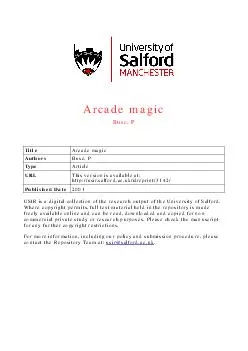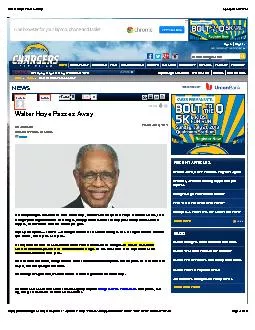PDF-Walter Benjamin The Arcades Project trans
Author : pamella-moone | Published Date : 2015-04-30
Howard Eiland and Kevin McLaughlin Cambridge Mass and London Belknap Press of Harvard UP 1999 1073 pp ISBN 067404326X It is difficult to predict the fate of The
Presentation Embed Code
Download Presentation
Download Presentation The PPT/PDF document "Walter Benjamin The Arcades Project tra..." is the property of its rightful owner. Permission is granted to download and print the materials on this website for personal, non-commercial use only, and to display it on your personal computer provided you do not modify the materials and that you retain all copyright notices contained in the materials. By downloading content from our website, you accept the terms of this agreement.
Walter Benjamin The Arcades Project trans: Transcript
Download Rules Of Document
"Walter Benjamin The Arcades Project trans"The content belongs to its owner. You may download and print it for personal use, without modification, and keep all copyright notices. By downloading, you agree to these terms.
Related Documents














